Mommy Makeover

Content
Mommy Makeover
Pregnancy is one of the most significant and transformative experiences in a woman’s life. However, this process can leave permanent scars on the body and sometimes cause physical changes that cannot be corrected by diet or exercise. “Mommy Makeover” refers to a series of plastic surgery procedures that allow women to regain their former form and self-confidence after childbirth. Dr. Erman Ak gets great results by combining different procedures like breast enhancement, tummy tucks, and liposuction in this comprehensive reshaping operation. In this article, we’ll go over what a Mommy Makeover is, the procedures it includes, and how these operations can make a difference.
What is Mommy Makeover?
Definition and Purpose of Mommy Makeover
Mommy Makeover is a procedure that helps women get their pre-pregnancy bodies back after having kids. It addresses the changes that happen to a woman’s body after pregnancy and childbirth, particularly changes in the breasts and abdomen. It usually includes breast lift, breast augmentation or reduction, tummy tuck (abdominoplasty) and liposuction.
Physical Changes After Childbirth
Pregnancy and breastfeeding can really change a woman’s body. Her breasts might get bigger and sag, her stomach might get bigger and her skin might loosen and sag. She might also get a lot of extra fat, especially in places like her waist and hips. Mommy Makeover is a great way to deal with all these changes and get a firmer and more toned body.
Interaction of Procedures
Mommy Makeover operations combine several aesthetic procedures to achieve the best results. These procedures are carefully planned to ensure a smooth recovery and the best possible results. Each operation is customized to meet the individual needs of each patient, ensuring that every woman gets the results she wants.
Suitable Candidates for Mommy Makeover
Who is Suitable for Mommy Makeover Surgery?
A Mommy Makeover is a great option for women who’ve experienced a lot of changes in their bodies after having kids and want to reverse those changes. Ideal candidates have the following characteristics:
- Those in Good Health: Women in good general health and without major medical problems.
- Those Who Have Completed Their Births: Women who don’t plan to have more kids or who have already done the family planning are better candidates for the long-lasting results of the surgery.
- Those with Realistic Expectations: Those who have realistic expectations about what the surgery can and cannot achieve.
- Those Close to Ideal Body Weight: Women who are close to their ideal body weight and can maintain a stable weight have better results after surgery.
Non-Candidates
Mommy Makeover operations aren’t for everyone. It’s important to proceed with caution, especially in the following cases:
- Thinking of Getting Pregnant in the Future: Future pregnancy may adversely affect the results of the operation.
- People with Serious Health Problems: Those with uncontrolled chronic diseases such as heart disease and diabetes may be at risk.
- Experiencing Rapid Weight Changes: People who gain and lose weight frequently may not achieve stable results after surgery.
Preoperative Evaluation
Dr. Erman Ak meets with each patient one-on-one to figure out what they need, how their health is doing, and what they want to change about their appearance. This process is really important for deciding whether a patient is a good fit for surgery and which procedures will be done.
Mommy Makeover Procedure: What to Expect?
Preoperative Preparation
The Mommy Makeover process starts with a chat with Dr. Erman Ak. During this chat, we go over your medical history and talk about your aesthetic goals and what you can realistically expect. At this stage, we decide which procedures are right for you, based on your individual needs. For example, we can plan procedures like a breast lift, tummy tuck, or liposuction.
Anesthesia
A Mommy Makeover is usually done under general anesthesia. This makes sure the patient is comfortable and pain-free throughout the surgery. The type and length of anesthesia depends on how much work is being done.
Surgical Procedure
- Breast Lift/Augmentation: Breast tissue may sag or lose volume after pregnancy and breastfeeding. A breast lift or augmentation reshapes the breasts and increases their volume. Implants can be used if necessary.
- Tummy Tuck: Excess skin and loose muscles in the abdominal area are tightened. Excess fat tissue can also be removed during this procedure, so that the abdominal area has a flatter and firmer appearance.
- Liposuction: It is the process of removing excess fat from various parts of the body. Liposuction removes unwanted fat deposits from the waist, hips, abdomen and legs.
Recovery Process
How you recover after surgery depends on how many and how big the procedures were. You’ll usually wake up a few hours after surgery, and depending on how you’re doing, you might go home the same day or stay overnight in the hospital. It can take several weeks to recover, so it’s really important to follow Dr. Ak’s advice.
Evaluation of Results
You’ll start to see results over time as the healing process progresses. It might take several months to see the full results, but Dr. Erman Ak is there for you every step of the way. He’ll meet with you regularly to monitor the healing process and recommend additional treatments if necessary.
Recovery and Care After Breast Lift Prosthesis
Recovery Process
Recovery after Mommy Makeover surgery varies from person to person, depending on the procedures done. Most people experience mild to moderate pain and discomfort for the first few days after surgery. Dr. Erman Ak provides the necessary pain meds and makes recommendations to improve comfort.
First 24-48 hours
For the first 24-48 hours after surgery, patients are usually encouraged to rest in bed. During this period, moving slowly as recommended by your doctor helps the body heal and improves blood circulation. Painkillers are used for pain management, and anti-inflammatory medications are given as needed.
Stitches and Bandages
Stitches are usually removed between one and two weeks after surgery, but this can vary depending on the procedure. Bandages are used to support the healing process and protect the operation site.
Activity Restrictions
Patients are advised to avoid heavy lifting and intense physical activity during the full recovery process. Typically, patients can return to their normal activities 4-6 weeks after surgery, but this process may vary depending on individual circumstances.
Long Term Care
Long-term care is all about maintaining a healthy lifestyle, regular physical activity, and a balanced diet. Plus, regular doctor check-ups and follow-up appointments help to keep the results you’ve achieved.
Sudden Symptoms and Emergencies
If you experience severe pain, abnormal swelling, prolonged bleeding, or signs of infection after surgery, please contact Dr. Erman Ak immediately.
Dr. Erman Ak puts together a recovery and care plan for his patients after a Mommy Makeover. This plan helps them achieve the best results and get back to their normal lives as soon as possible.
Risks and Considerations Related to Mommy Makeover
General Risks
Just like any other surgical procedure, Mommy Makeover comes with a few risks. Dr. Erman Ak uses advanced surgical techniques and high standards of patient care to minimize these risks. Here are some of the potential risks of Mommy Makeover operations:
- Infection and Healing Problems: As with any surgical intervention, there is a risk of infection. Recovery problems may occur in the post-operative period, so it is important to pay attention to your doctor’s recommendations regarding the recovery process.
- Anesthesia Risks: General anesthesia can cause side effects in some patients. The anesthesiologist determines the most appropriate method of anesthesia according to the patient’s health condition.
- Bleeding and Coagulation Problems: There is a risk of excessive bleeding during and after surgery. Blood clots can form, which can lead to serious complications.
- Asymmetry and Aesthetic Consequences: Unexpected aesthetic results or asymmetry may occur as a result of surgical procedures. In such a case, a corrective operation may be required.
- Sensory Changes: Temporary or permanent sensory loss may occur in the operation areas.
Special Risks
- Scarring: Every surgical procedure leaves scars; however, Dr. Erman Ak carefully selects the operation techniques to make the scars as little visible as possible.
- Implant Problems: If breast augmentation has been performed, problems with the implants may occur, which may require additional surgery.
Long-Term Considerations
- Body Changes: Future pregnancies or significant weight changes may negatively affect the results obtained.
- Monitoring and Check-ups: Regular medical check-ups and health monitoring are necessary after the operation.
Dr. Erman Ak goes over all the risks and potential consequences with his patients before the operation, so that each patient is fully informed before they go ahead with the procedure.
Why Should You Prefer Dr. Erman Ak?
Expertise and Experience
Dr. Erman Ak has lots of training and experience in plastic, reconstructive, and aesthetic surgery. He’s worked in some of the top hospitals in the world, like Chang Gung Memorial Hospital in Taiwan. This shows he’s really good at what he does. His success in breast lift prosthesis surgeries reassures his patients and helps them achieve their aesthetic goals.
Personalized Approach
Every patient is different, and Dr. Ak designs custom treatment plans to meet their needs. He considers each patient’s expectations and lifestyle when recommending surgical techniques and implant options. This personalized approach ensures that each patient achieves their desired aesthetic results.
Safe and Comfortable Treatment Environment
Dr. Erman Ak offers his patients a top-notch treatment environment. He doesn’t cut any corners when it comes to technology, sterilization, or patient care. Every detail is planned down to the last detail to ensure patients are comfortable and safe before and after surgery.
Excellent Patient Satisfaction
Dr. Ak’s high satisfaction rates and positive feedback from patients prove he’s an expert in his field. Many patients recommend Dr. Ak for both the surgical results and the personal attention and care they receive.
Training and Information
Dr. Erman Ak informs his patients about every stage of the surgery. By providing clear and understandable information about potential risks, the healing process and expected results, he enables his patients to make informed decisions.
A Mommy Makeover with Dr. Erman Ak isn’t just about looking good. It’s also about improving your quality of life. If you’re thinking about enhancing your breasts, Dr. Erman Ak can help.
Dr. Erman Ak is a plastic surgeon with lots of experience in Mommy Makeovers. He’s here to help you meet your aesthetic and functional needs. Get in touch with Dr. Ak to see for yourself and get more information. You can contact us via the Contact Page to schedule an appointment and for consultation. Take the first step towards achieving your aesthetic goals and leave yourself in Dr. Ak’s experienced hands.
Mommy Makeover Frequently Asked Questions (FAQ)
It’s normal to feel some pain after surgery, which usually lasts for a few days. Dr. Erman Ak can provide the necessary prescriptions for pain management and make recommendations to improve patient comfort.
Patients can usually get back to light daily activities one week after surgery. However, it’s best to wait 4-6 weeks before returning to full activity level and heavy exercises, as per Dr. Ak’s recommendations.
The results of surgery usually last a long time, but things like aging, weight changes, and hormonal shifts can affect how long they last. Regular check-ups and a healthy lifestyle help to keep the results going for a long time.
Dr. Erman Ak makes the scars as invisible as possible and uses modern suturing techniques. Over time, the scars will fade and become less noticeable with proper skin care.
Free Consultation

